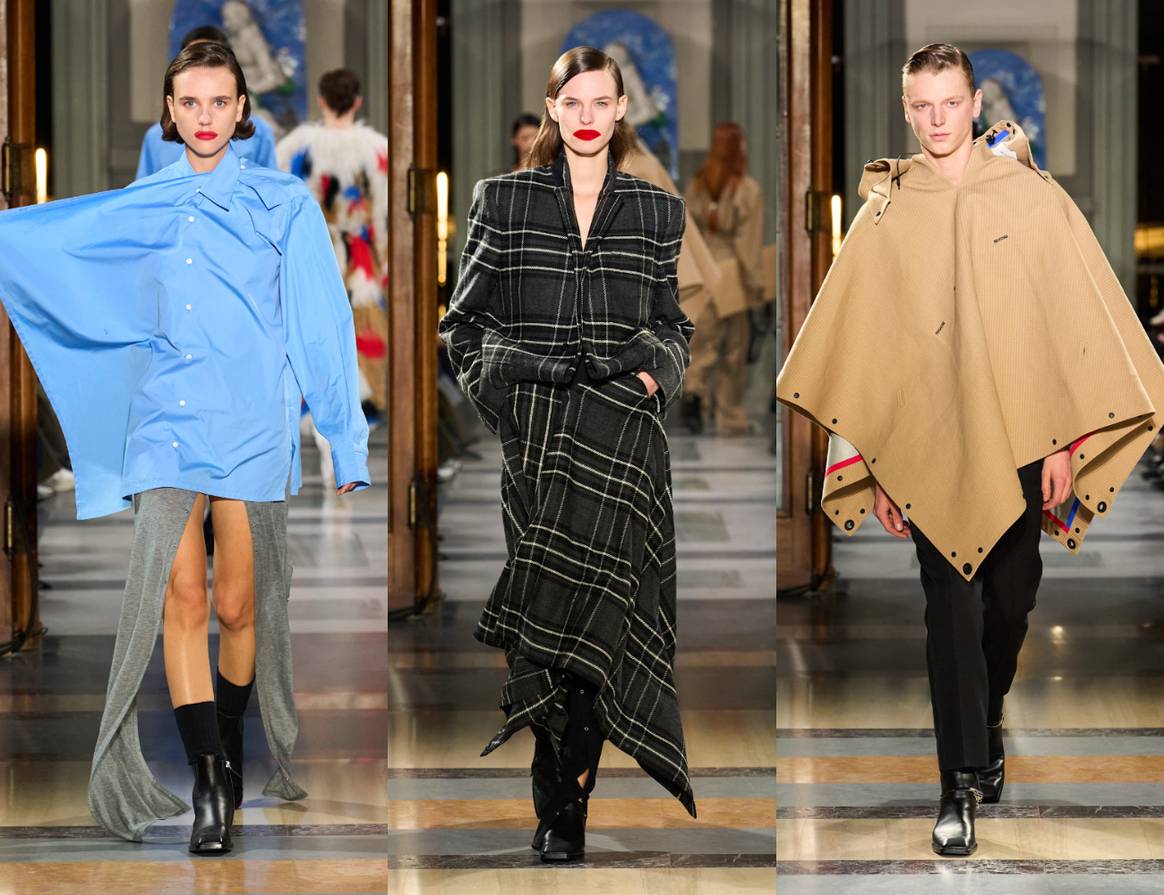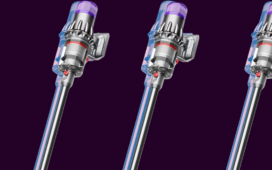On the evening of Pitti Uomo’s final day under the Florentine sun, Japanese brand Setchu welcomed guests to its debut runway show. The presence of the contemporary label underlined the Italian menswear event’s efforts to strengthen its ties with creatives, and essentially buyers, from the region, as already reflected in its new partnership with Japan Fashion Week Organisation (JFWO).
Setchu’s show, held in the city’s National Library and thus complete with a backdrop of grandeur, is to be the brand’s first and last runway, and intended to reflect the designer, Satoshi Kuwata’s more modest approach to presenting. It’s a mindset Kuwata has long favoured, preferring to keep his own costs low so that the brand remains more affordable for his consumer.

The collection itself was also interwoven with the values of Kuwata, who has become known for blending Japanese and Western influences into his reimagined classic and traditional pieces. A deconstructed shirt-dress, for example, is tied at the waist with an obi-like belt design, while elsewhere a jacket folds out into unexpected shapes reminiscent of a loosened kimono. Its print: a depiction of a Japanese landscape, with bonsai trees enveloping the scene in bold streams of colour.
Paper was said to be the starting point of the collection, as Kuwata told WWD ahead of the show. The designer used the material to influence proportions and functionality, as seen in a slew of geometric workwear and rigid structuring that formed definitive silhouettes across both menswear and womenswear. Akin to past collections, gender remained unimportant, with looks instead blurring such preconceived notions.

Setchu has already gained notoriety in the wider fashion-scape having won the 2023 LVMH Prize for Young Designers and previously presenting on-schedule in Milan. Its designer, Kuwata, has also garnered global acclaim, previously working in the studios of Givenchy, Gareth Pugh and Kanye West, among others. Snapping up a guest designer spot at Pitti, however, puts Setchu in the leagues of Martine Rose, SS Daley and Wales Bonner, past names to take up the prestigious position.
The brand currently has 45 stockists, Kuwata told Vogue Business in an interview prior to the event, but is hoping that showing at Pitti will help build on this figure. “From now on, as we grow, we will remain profitable. I don’t need to worry about cash flow anymore,” the designer told the media outlet. “I don’t want to grow 30 percent every season, that’s too fast for us,” he added, noting that he wanted to instead “enjoy every step of the way”.

Setchu’s presence wasn’t the only way the Land of the Rising Sun was represented at Pitti. His selection aptly fell ahead of the establishment of a new partnership between the Pitti Immagine and JFWO, therefore aligning with a wider mission of Pitti to strengthen ties with the region. A statement from Lapo Cianchi, director of communications and events at Pitti Immagine, noted that the organisation has become “passionate about researching the great masters and innovators of Japanese fashion” and, as it continues to promote a new generation of designers through its fairs, Setchu’s Kuwata was a “natural choice” to celebrate this season.




















